Tying Knots
with agri_culture (Zukunftshof, Vienna)
15.10.2022 - Spring 2023
Rosiwalgasse 39, 1100 Vienna
supported by Kunsthalle Exnergasse | WUK
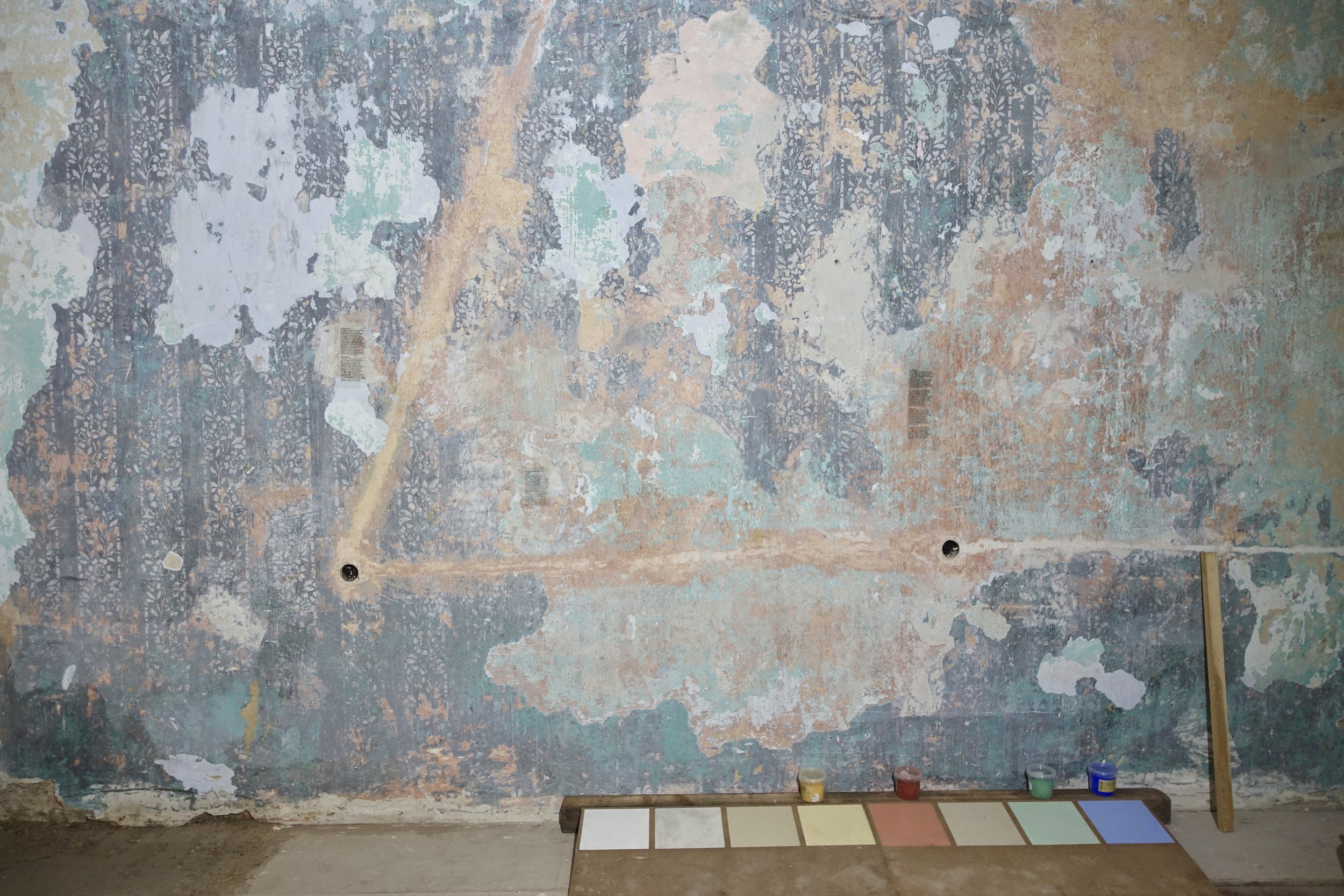
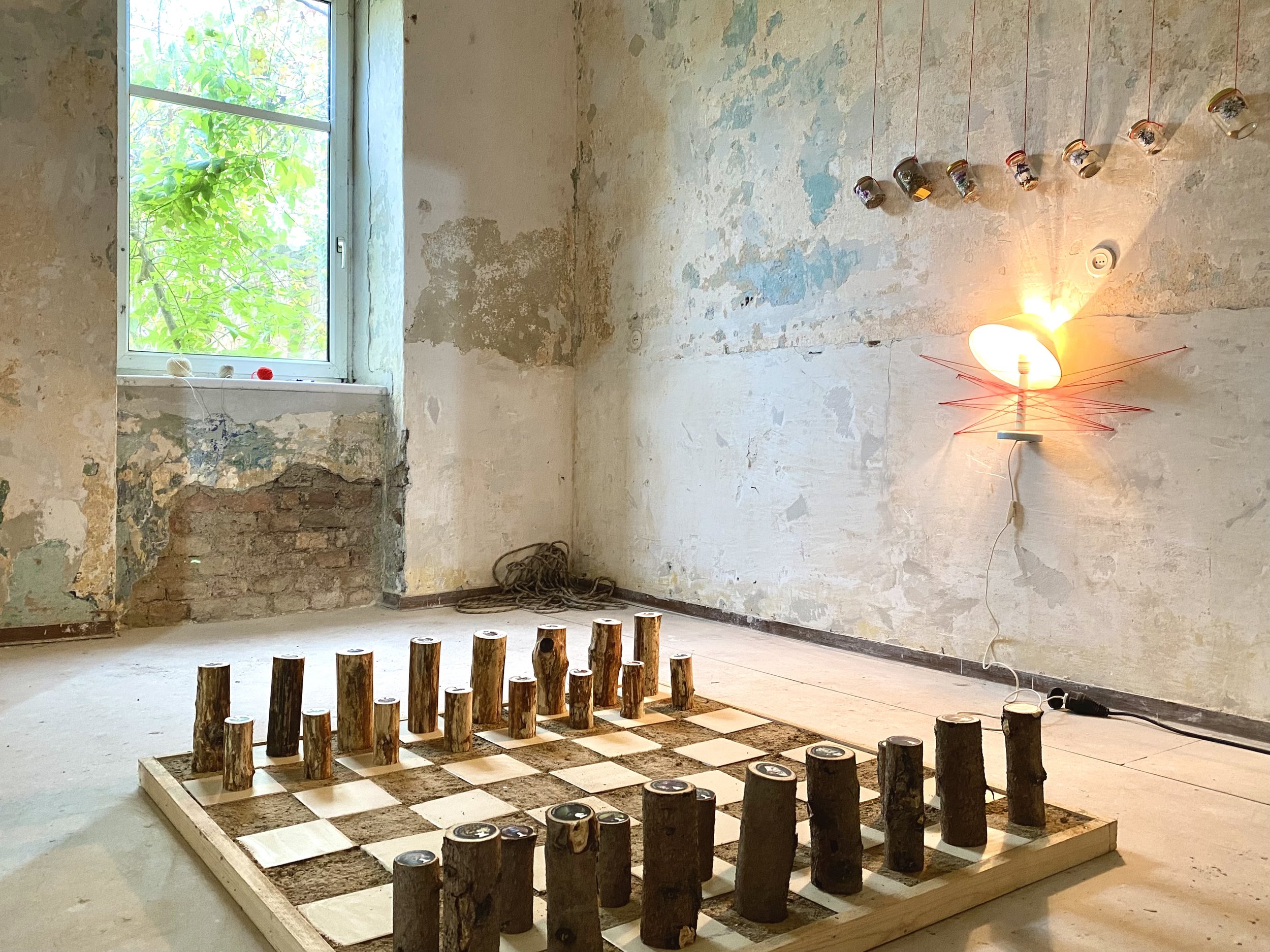
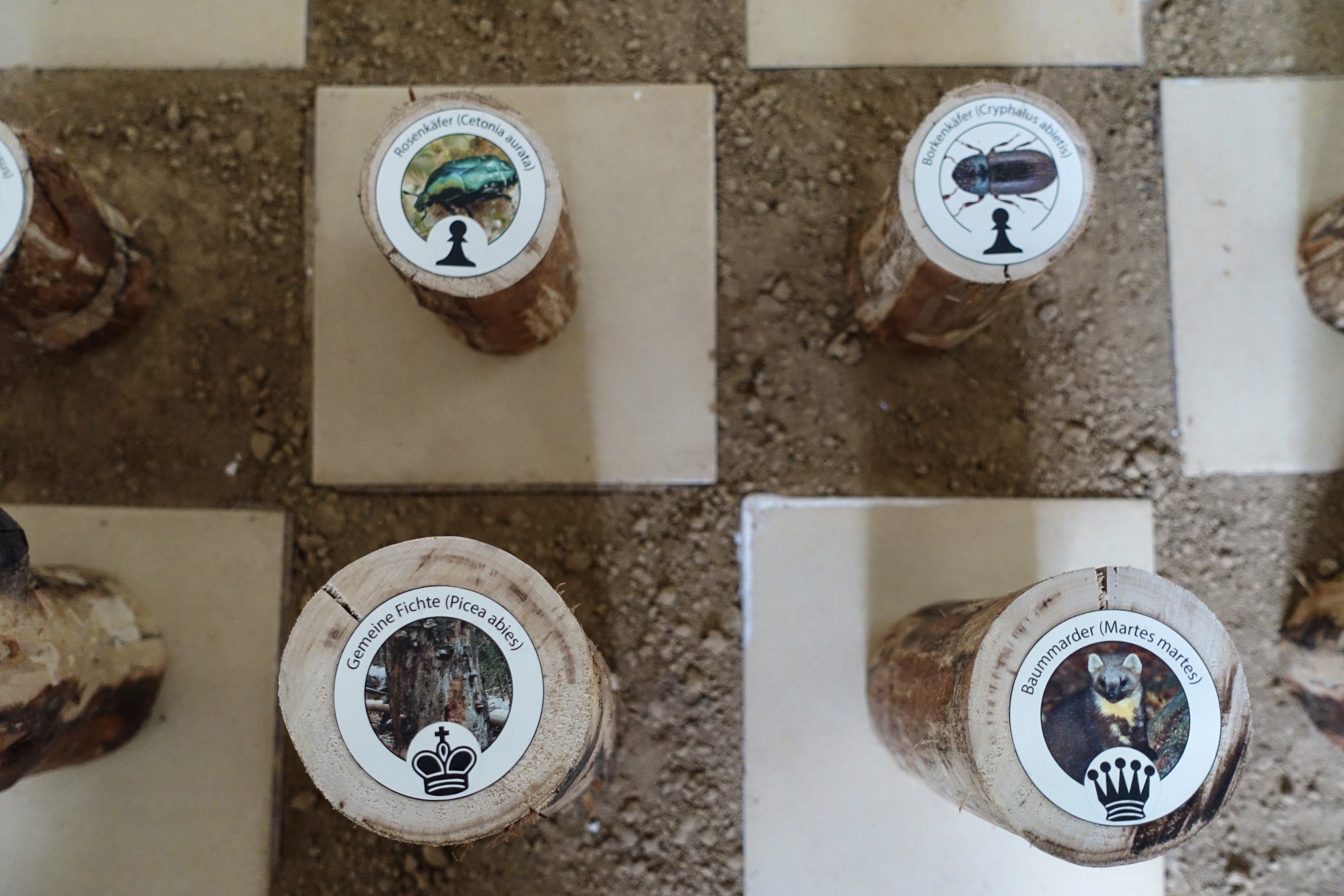
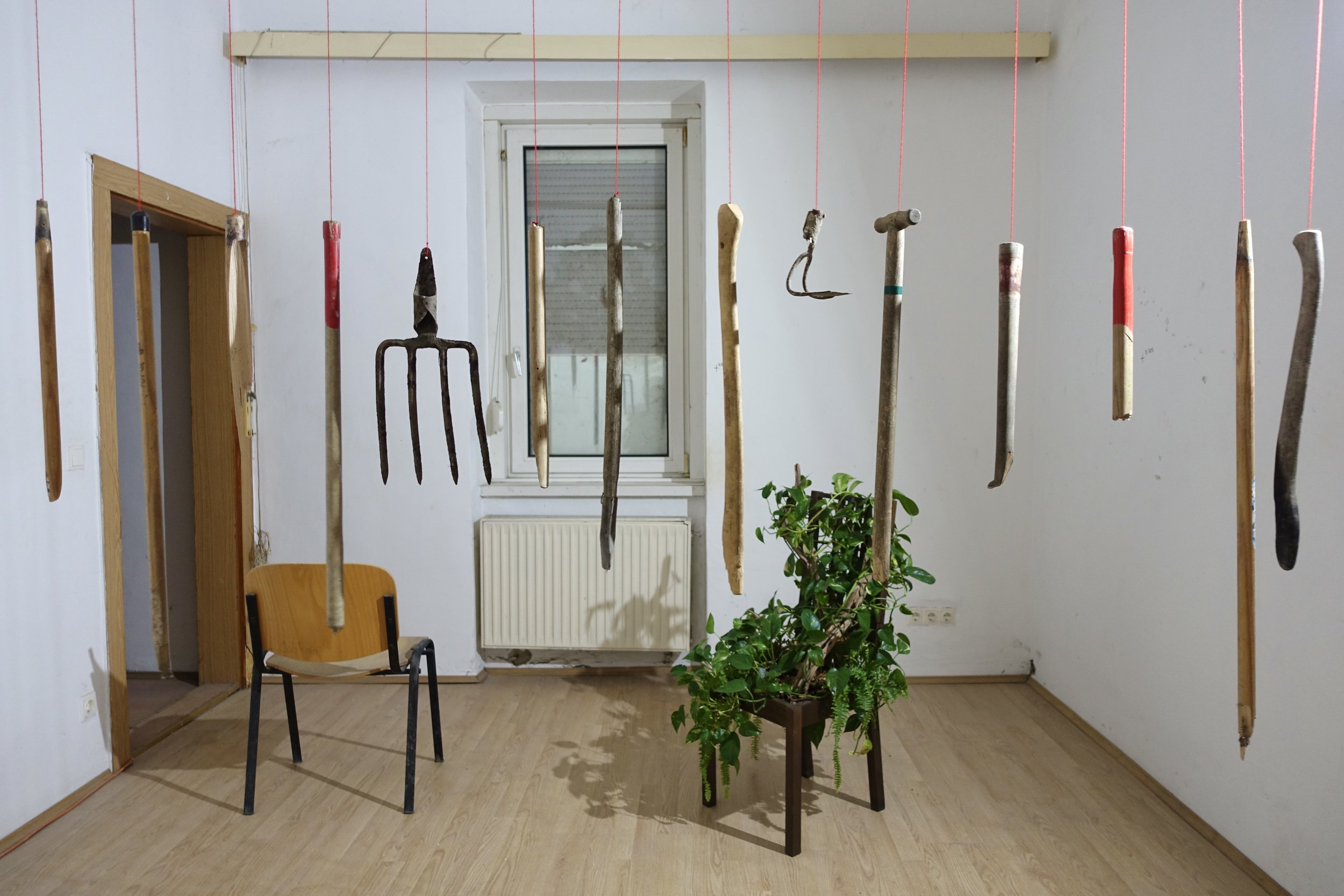
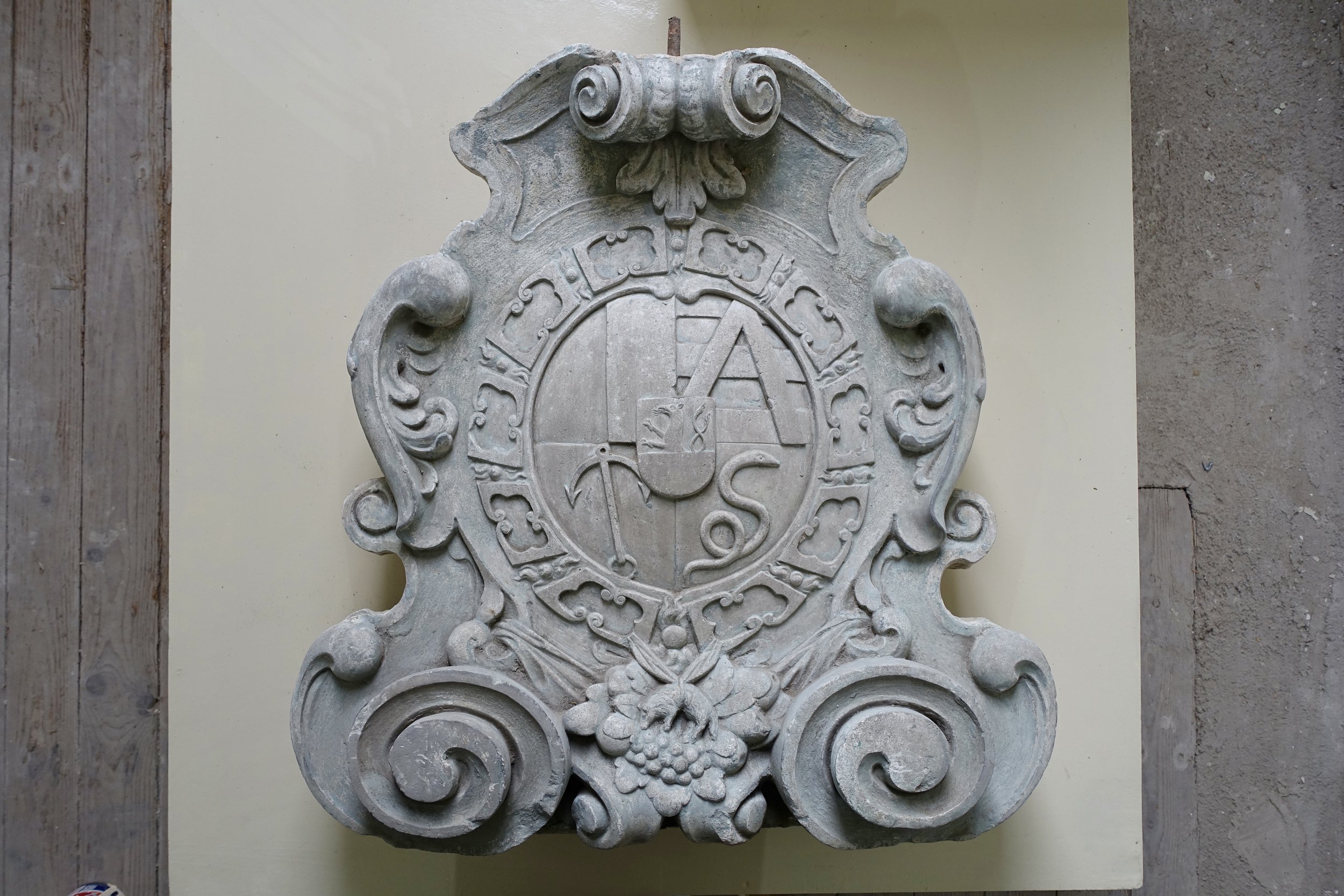
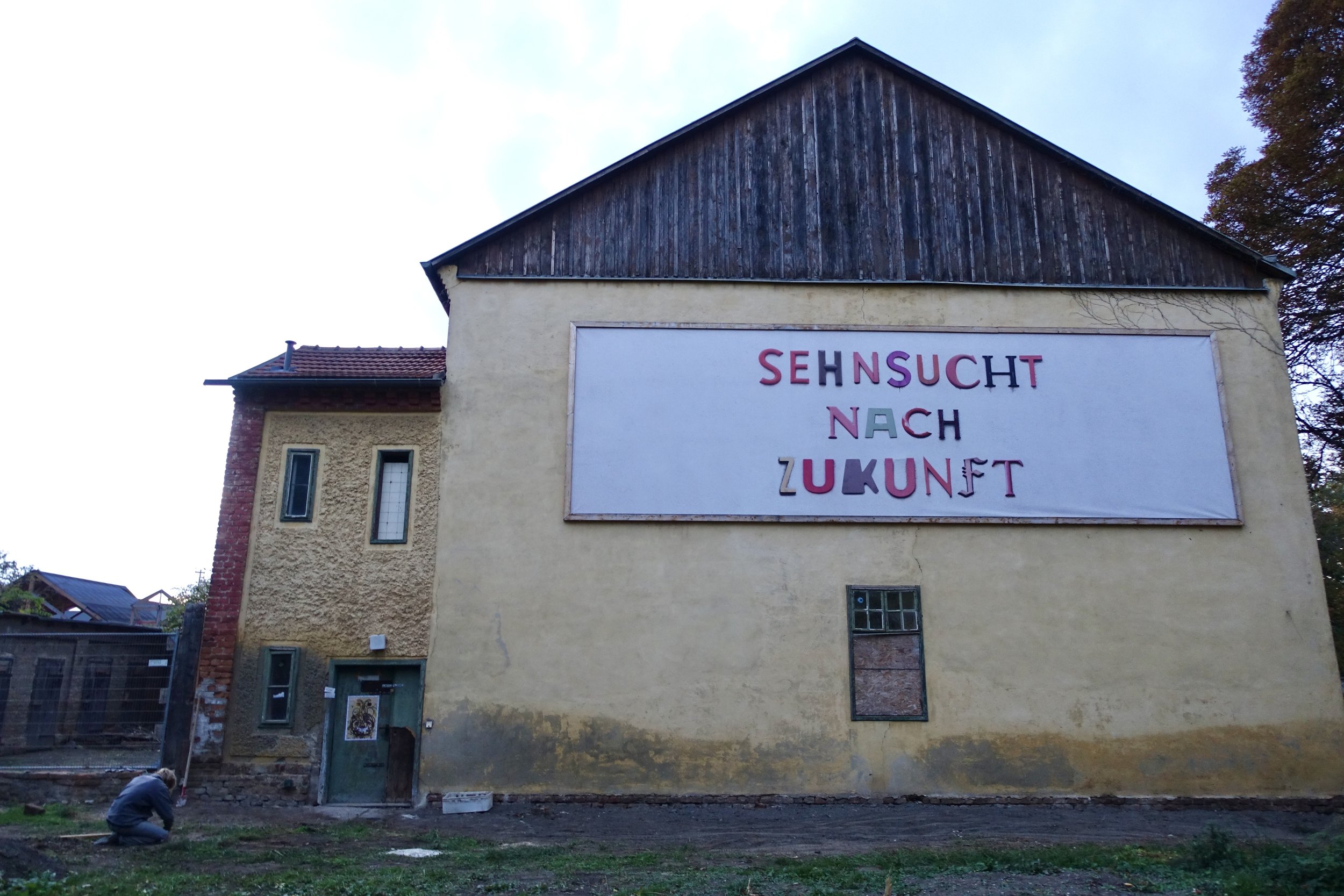
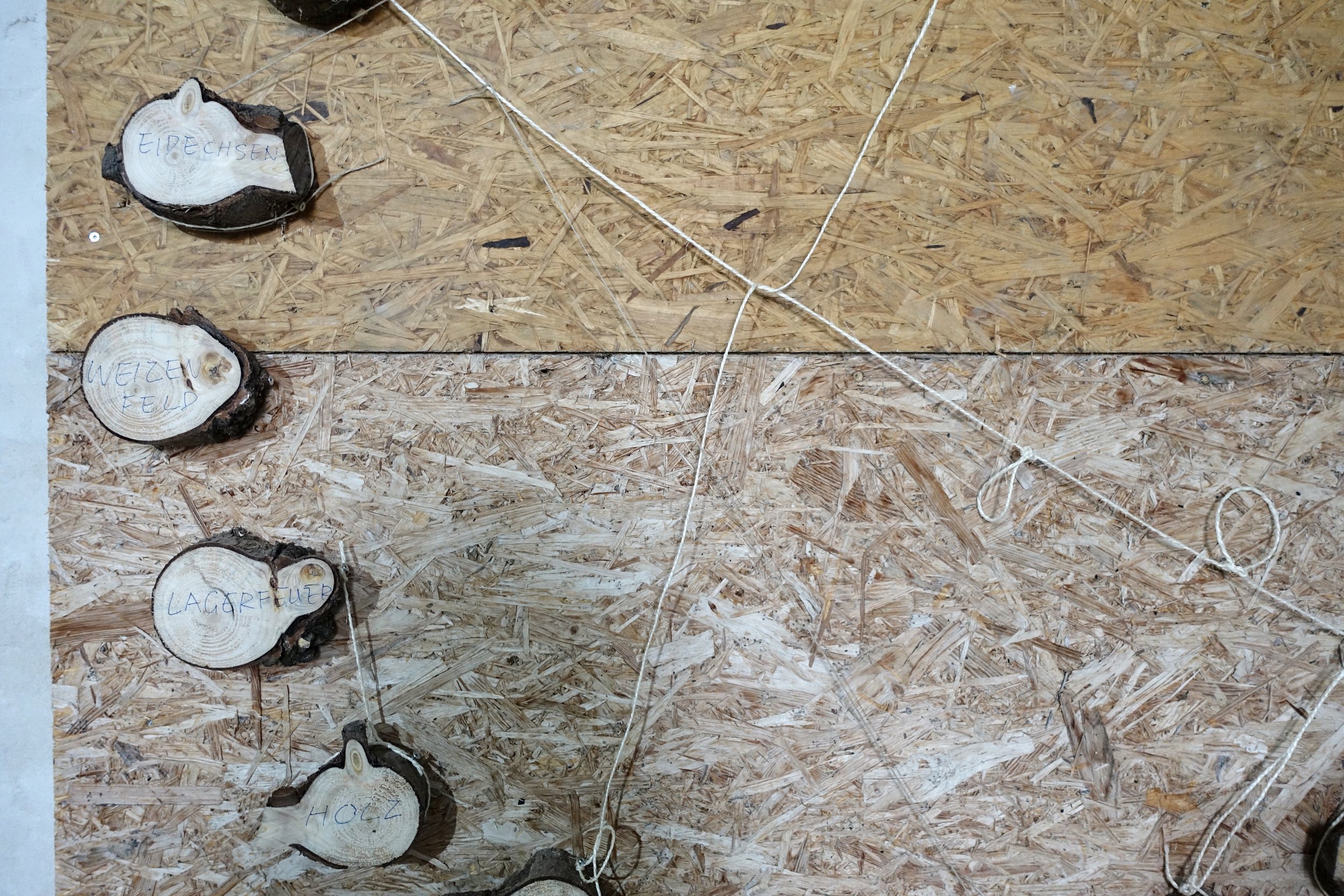
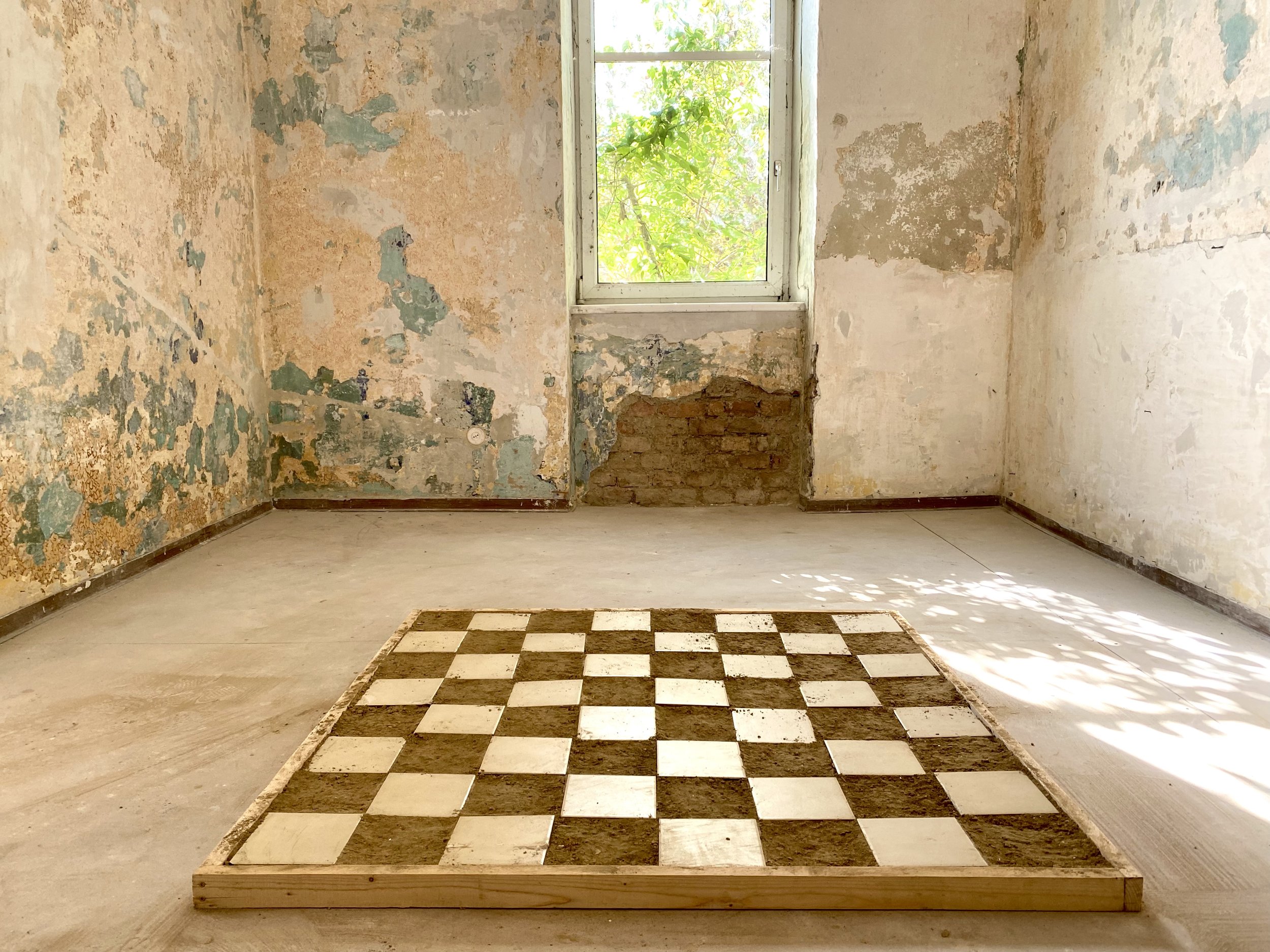
Taking roots in the storied Zukunftshof—formerly Haschahof, whose brick complex dates back to the early 20th century—agri_culture responds to the challenges of preserving history and revitalizing the site. By centering on the connections between culture and agriculture, agri_culture explores programs with ecological, artistic, and educational implications.
This exhibition, Tying Knots, culminates agri_culture’s residency at Kunsthalle Exnergasse by presenting the ongoing phases and possible outcomes of “re-pair,” which proposes to not only restore or rebuild but also generate imaginary ties. In the derelict four-floor farmer’s lodge, agri_culture undertakes an intensive three-month restoration project, while paying equal attention to preserving the traces of life and forms of knowledge in the space. The exhibition thus explores methods of archiving such repairs and emphasizes the rich potential of knots as an indicator of relationships in a co-inhabited space.
From the numeric and literary Andean quipu to the knotted cords as preserved memory in various cultures in the Asia-Pacific region, to the rich symbolism in the interlaced patterns of Celtic knots, for thousands of years knots have been entrusted with crucial tasks by governing bodies and individuals alike. The versatile knots can inform us about census data, tax obligations, calendars, and countdown systems. Across cultures and histories, knots are also integral to activities of farming, sailing, and many aspects of religious and secular life. A trained eye readily tells the strength, materials, positions, functions, and directions of the force. Engaging with records and memories, knots record as many clustered events as their forms of connections.
The exhibition starts with the found objects across Zukunftshof, calling to attention the “Running End of Knowledge” and inviting visitors to tie in new entries into the epistemic loops and knots. A central part that follows is “Re-pair and Re-mind,” connecting broken tools, ignored technologies, and layers of the wall tangibly and conceptually to the history of the space and its inhabitants. The third part, “Archive in Progress,” presents the seeds archive and an open archive of Zukunftshof that invites input from visitors to connect dots and describe such connections creatively. From seeds, bricks, and tools as subjects of inquiry to the surroundings of a wheat field, permaculture and biodiversity garden, community gathering, and social architecture as experience, the archive aims to stay generative of ideas and responsive to needs and interests. The two projects are accompanied by an ecosystem-themed chess game and a workstation to make strings and tie knots.
Tying Knots is inspired by the I Ching phrase “governing by tying knots,” which evolves from a description of knots as public records in ancient times to a vision of ruling by the simplest means. How is a society run by tying knots? How is tying knots a practice of archiving? And how does house repair lead to an archive? Instead of longing for a utopian agrarian society, this exhibition of agri_culture engages the local and current connections between archiving and tying knots, as well as the promise of trust and openness in society.
The exhibition presents work by Johannes Wiener, collaborative production by Wiener, Salma Shaka, Maria Sanhueza, and Luis Prager, as well as documentary by Vladimíra Hradecká.
Curated by Li Yizhuo.
Knoten knüpfen
Die Wurzeln von agri_culture liegen im geschichtsträchtigen Zukunftshof – ehemals Haschahof, dessen Backsteinkomplex aus dem frühen 20. Jahrhundert stammt. Durch die Betonung des Zusammenhangs zwischen Kultur und Landwirtschaft erforscht agri_culture Programme mit ökologischen, künstlerischen und pädagogischen Implikationen.
Die Ausstellung, Knoten knüpfen, bildet den Abschluss der Residenz von agri_culture in der Kunsthalle Exnergasse, im Rahmen dessen ein landwirtschaftliches und kulturelles Archiv entstand. In dem verlassenen, vierstöckigen Landarbeiterhaus führte agri_culture ein dreimonatiges, intensives Restaurierungsprojekt durch, wobei der Bewahrung der Lebensspuren und Wissensformen im Raum gleiche Bedeutung beigemessen wurde. Die Ausstellung untersucht daher Methoden zur Archivierung solcher Reparaturen und hebt das reiche Potenzial von Knoten als Indikator für Beziehungen in einem gemeinsam bewohnten Raum hervor.
Vom numerischen und literarischen Quipu aus den Anden, der reichen Symbolik in den verschlungenen Mustern der keltischen Knoten, bis zu den geknüpften Schnüren, die in verschiedenen Kulturen des asiatisch-pazifischen Raums als Gedächtnis bewahrt werden, werden Knoten seit Jahrtausenden von Regierungsbehörden und Individuen mit wichtigen Aufgaben betraut. Die vielseitigen Knoten an Seilen können über Volkszählungsdaten, Steuerpflichten, Kalender und Countdown-Systeme informieren. Über alle Kulturen und Geschichten hinweg sind Knoten auch in der Landwirtschaft, beim Segeln und in vielen anderen Bereichen des religiösen und weltlichen Lebens unverzichtbar. Ein geschultes Auge erkennt schnell die Stärke, das Material, die Position, die Funktion, die gebundenen Objekte und die Richtung der Kraft. Indem sie sich mit Aufzeichnungen und Erinnerungen befassen, erinnern Knoten sowohl an Cluster von archivierten Ereignissen als auch an deren Verbindungen.
Die Ausstellung beginnt mit den gefundenen Objekten im gesamten Zukunftshof, die auf „Das herauslaufende Seilende des Wissens‟ aufmerksam machen und die Besucher dazu einladen, neue Einträge in die epistemischen Schlingen und Knoten zu binden. Ein zentraler Teil, der folgt, ist „re-pair und re-mind‟, der zerbrochene Werkzeuge, ignorierte Technologien und Schichten der Wand greifbar und konzeptionell mit der Geschichte des Raums und seiner Bewohner verbindet. Der dritte Teil, „Archive in Progress‟, präsentiert das Saatgutarchiv und ein offenes Archiv des Zukunftshofs, das die BesucherInnen dazu einlädt, Punkte zu verbinden und solche Verbindungen kreativ zu beschreiben. Von Saatgut, Ziegeln und Werkzeugen als Untersuchungsgegenstand bis hin zur Umgebung eines Weizenfeldes, eines Permakultur- und Biodiversitätsgartens, eines Gemeinschaftstreffens und einer sozialen Architektur als Erfahrung versucht das Archiv, Ideen zu generieren und auf Bedürfnisse und Interessen einzugehen. Die beiden Projekte werden von einem Schachspiel zum Thema Ökosystem und einem Workstation zum Herstellen von Schnüren und Knüpfen von Knoten begleitet.
Knoten knüpfen ist inspiriert von der I Ging-Phrase „Regieren durch Knüpfen von Knoten", die sich von einer Beschreibung von Knoten als öffentliche Aufzeichnungen in der Antike zu einer Vision des Regierens mit einfachsten Mitteln entwickelt. Wie wird eine Gesellschaft durch das Knüpfen von Knoten regiert? Inwiefern ist das Knüpfen von Knoten eine Praxis der Archivierung? Und wie führt eine Hausreparatur zu einem Archiv? Anstatt sich nach einer utopischen Agrargesellschaft zu sehnen, beschäftigt sich diese Ausstellung von agri_culture mit den lokalen und aktuellen Verbindungen zwischen Archivierung und Knotenbinden sowie mit dem Versprechen von Vertrauen und Offenheit in der Gesellschaft.
Die Austellung zeigt Werke von Johannes Wiener sowie Gemeinschaftsproduktionen von Wiener, Salma Shaka, Maria Sanhueza, Luis Prager und einen Dokumentarfilm von Vladimíra Hradecká.
Kuratiert von Li Yizhuo.

